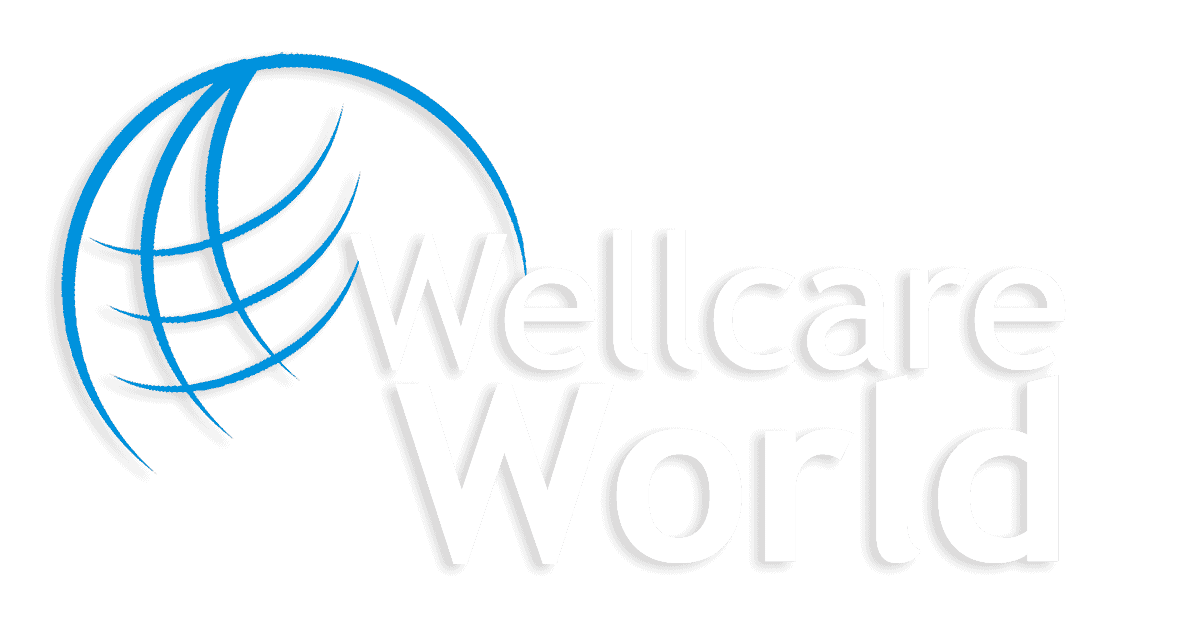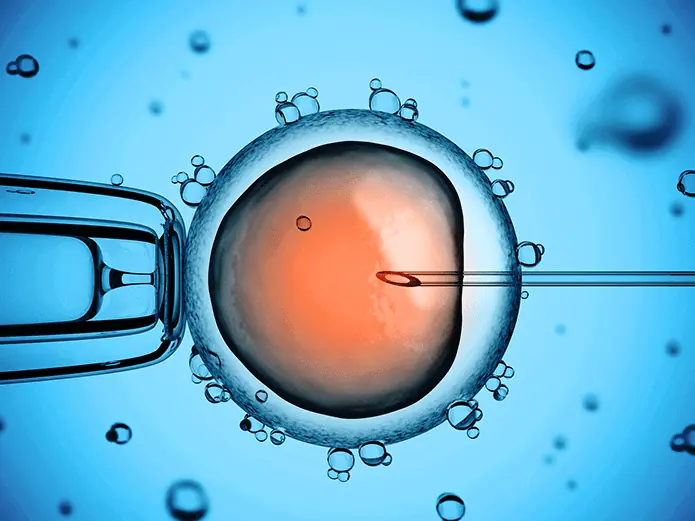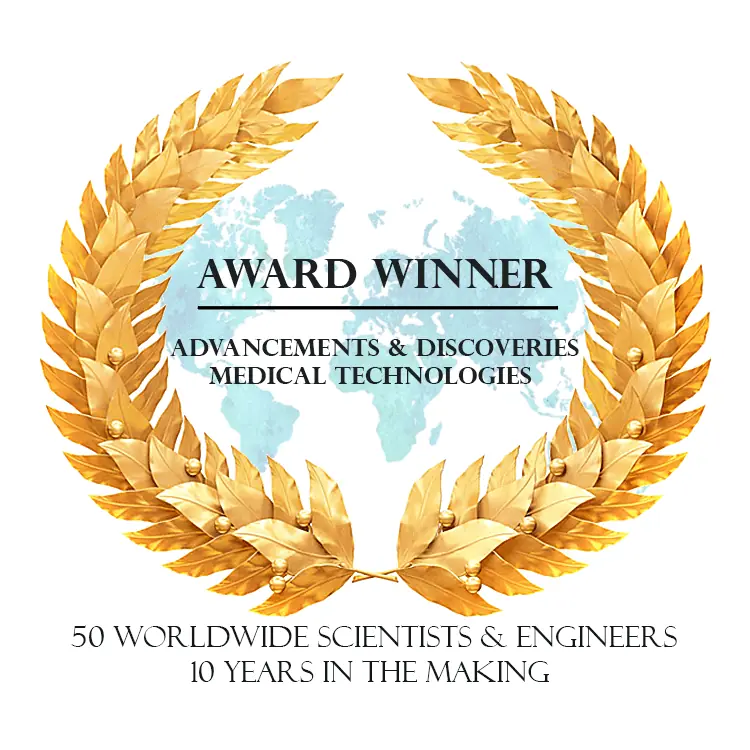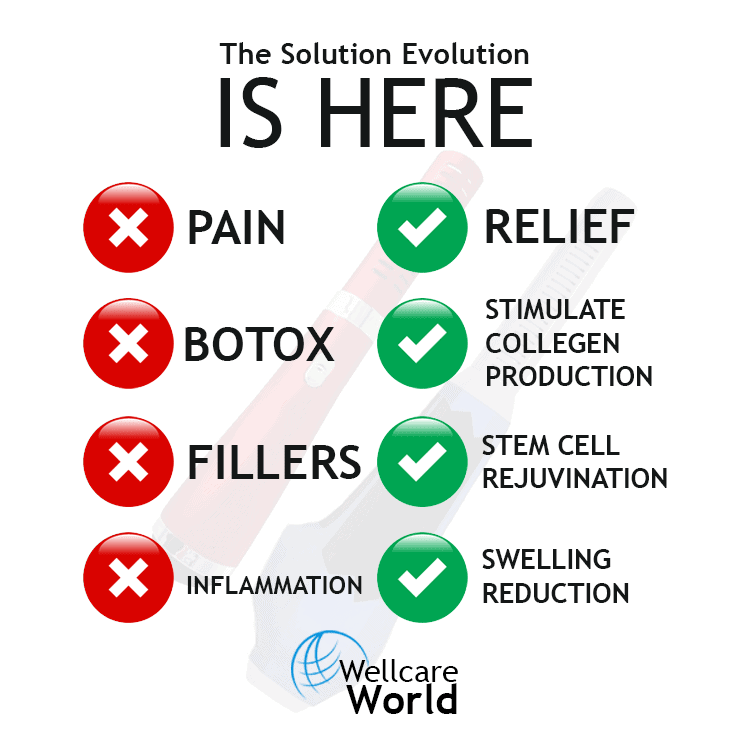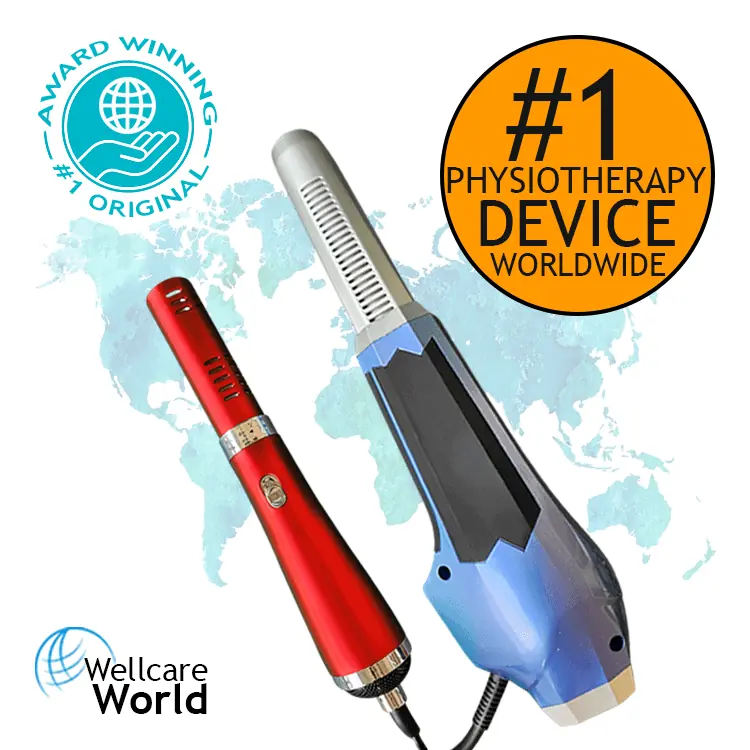
Chicken the Egg and the Terahertz
When it comes to improving agricultural practices and increasing productivity, technology plays a significant role. One such technology that has the potential to revolutionize the farming industry is terahertz technology. Although research on the use of terahertz waves for egg production in chickens is limited, the technology has shown promise in other areas of agriculture and food science.
What is Terahertz Technology?
Terahertz (THz) technology is a relatively new and cutting-edge technology that uses electromagnetic radiation to penetrate through solid and opaque objects, such as food and agricultural products. Terahertz waves are in the electromagnetic spectrum between microwave and infrared radiation, with frequencies ranging from 0.1 THz to 10 THz. Terahertz waves have unique properties that make them ideal for certain applications, including:
- Non-ionizing radiation: Terahertz waves are non-ionizing, which means they do not damage living tissue, making them safe for use in many applications.
- Low energy: Terahertz waves are low energy, making them safe for use in many applications and reducing the risk of damage to sensitive products.
- Penetration: Terahertz waves can penetrate through non-metallic objects, such as food and agricultural products, providing detailed images and information about the internal structures of these products.
- Unique absorption properties: Terahertz waves are absorbed by different materials in different ways, making them useful for identifying and analyzing specific materials or chemicals.
Applications of Terahertz Technology in Agriculture and Food Science
Terahertz technology has shown promise in a variety of agricultural and food science applications, including:
Feed Analysis
Feed quality is critical for maintaining the health and productivity of livestock, including chickens. By using terahertz technology, farmers can analyze the chemical makeup and quality of feed, ensuring that their chickens receive optimal nutrition and avoiding any potential health issues that could impact egg production. Terahertz technology can also be used to detect contaminants in feed, helping farmers avoid any potential problems that could affect egg production.
Plant Growth and Harvesting
Terahertz technology has the potential to improve plant growth and yield, which can indirectly impact egg production by providing additional food resources for chickens. Terahertz waves can penetrate plant tissue and provide detailed images and information about the internal structures of plants, allowing farmers to identify and address any issues that may be affecting plant growth and yield.
Egg Development and Inspection
Terahertz technology can also be used to inspect flaws in eggshells and track the maturation process of eggs. Terahertz waves have been shown to penetrate the eggshell and provide detailed images of the internal structures of the egg. This technology can help farmers identify any faults or abnormalities that may be affecting egg production.
The Potential of Terahertz Technology for Increasing Egg Production
Although research on the use of terahertz technology for egg production in chickens is limited, the technology has shown promise in other areas of agriculture and food science that can indirectly impact egg production. By analyzing feed quality, promoting plant growth, and monitoring the egg development process, farmers can ensure that their chickens are healthy and productive, which can ultimately lead to increased egg production.
Feed Quality Analysis
One of the critical factors affecting egg production in chickens is the quality of their feed. By using terahertz technology to analyze feed quality, farmers can ensure that their chickens are receiving optimal nutrition and avoid any potential health issues that could impact egg production. Terahertz waves can analyze the chemical makeup of feed and detect contaminants, allowing farmers to avoid any potential problems that could affect egg production. This technology can help farmers make informed decisions about their chickens’ diet, ensuring that they are getting the nutrients they need to produce high-quality eggs.
Plant Growth and Harvesting
Terahertz technology can indirectly impact egg production by promoting plant growth and increasing food resources for chickens. By using terahertz waves to analyze plant growth and yield, farmers can identify and address any issues that may be affecting plant health. This technology can help farmers ensure that their crops are healthy and productive, providing additional food resources for their chickens. Increased plant growth and yield can also reduce the cost of chicken feed, making egg production more cost-effective.
Egg Development and Inspection
Terahertz technology can be used to monitor the development of eggs and identify any issues that may be affecting egg production. By using terahertz waves to inspect eggshells, farmers can identify any flaws or abnormalities that may be affecting egg production. This technology can also be used to track the maturation process of eggs, allowing farmers to ensure that their eggs are of high quality and ready for market.
Conclusion
Terahertz technology has shown promise in a variety of agricultural and food science applications, including feed analysis, plant growth and harvesting, and egg development and inspection. Although research on the use of terahertz technology for egg production in chickens is limited, the technology has the potential to indirectly impact egg production by promoting the health and productivity of chickens. By using terahertz technology to analyze feed quality, promote plant growth, and monitor the egg development process, farmers can ensure that their chickens are healthy and productive, ultimately leading to increased egg production. As research in terahertz technology continues to expand, there is potential for even more applications in the agricultural industry that can benefit both farmers and consumers.
